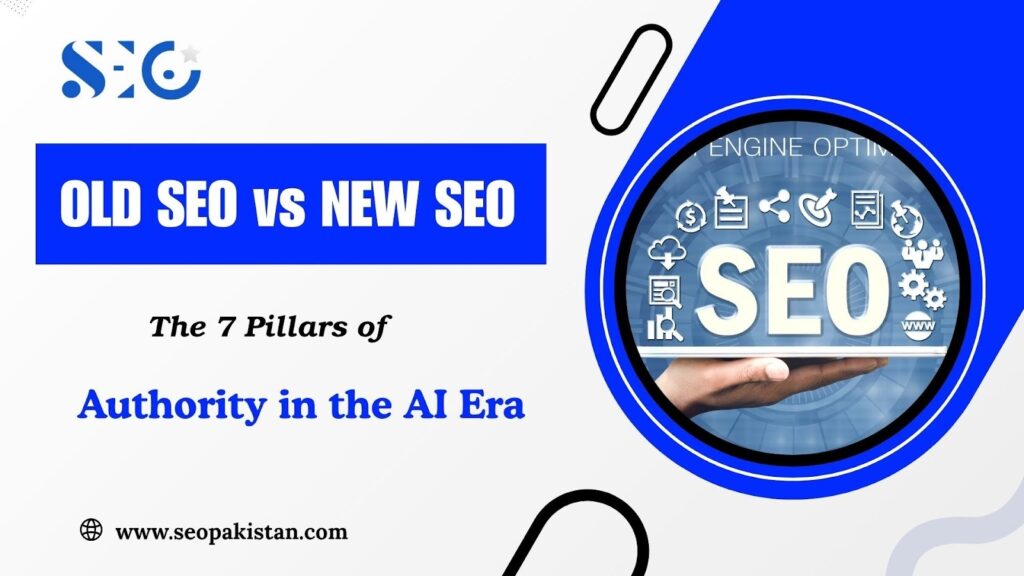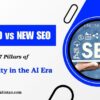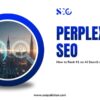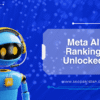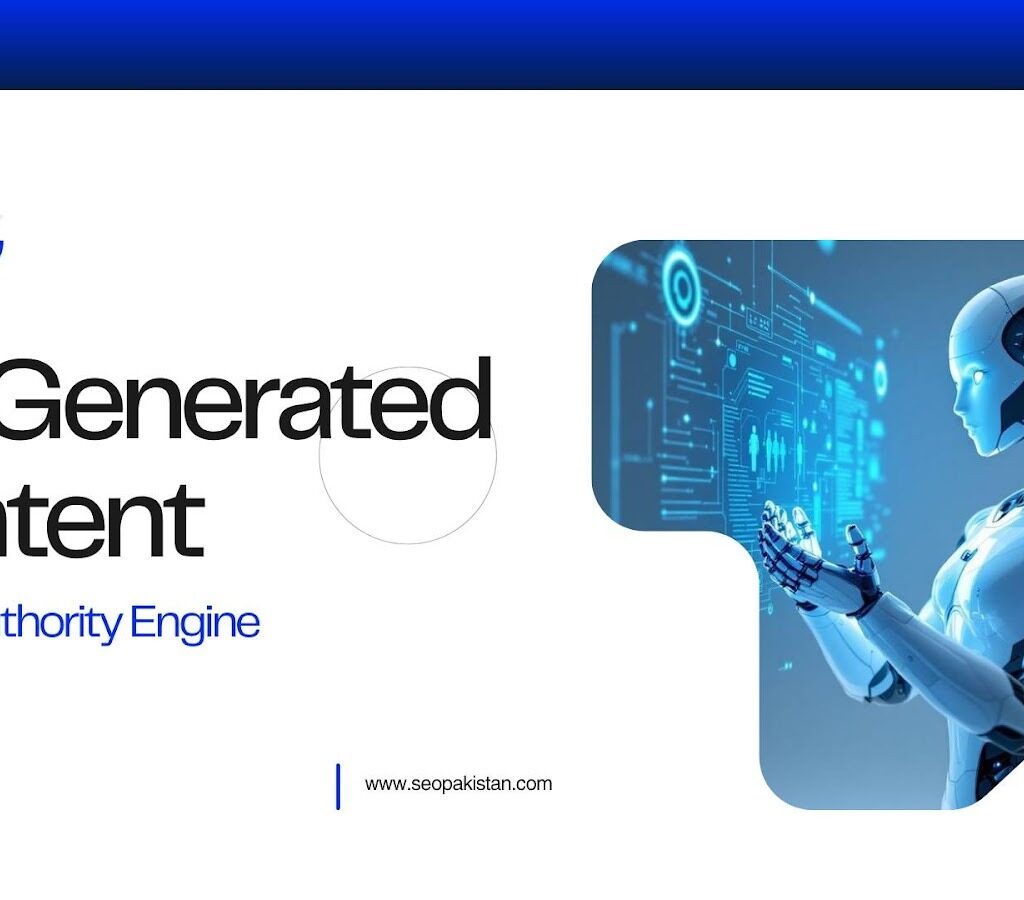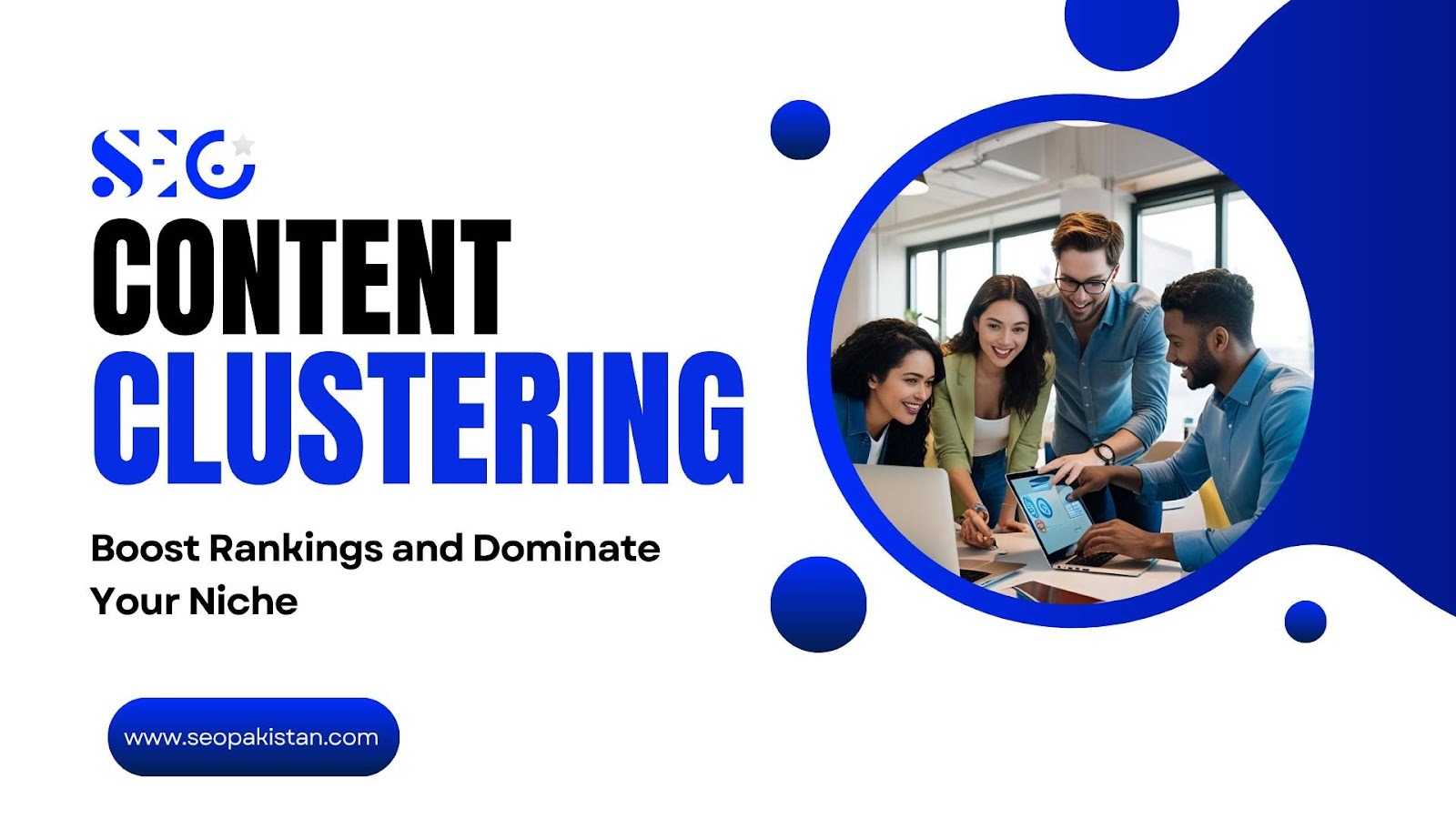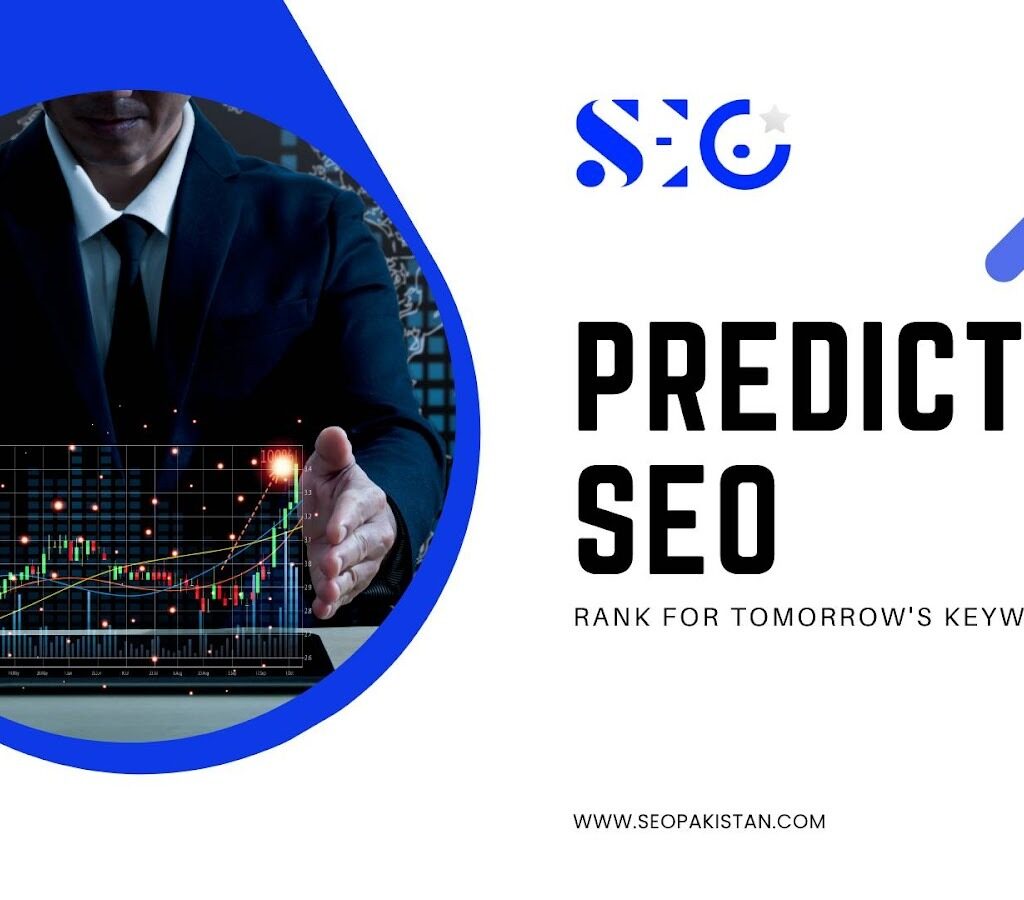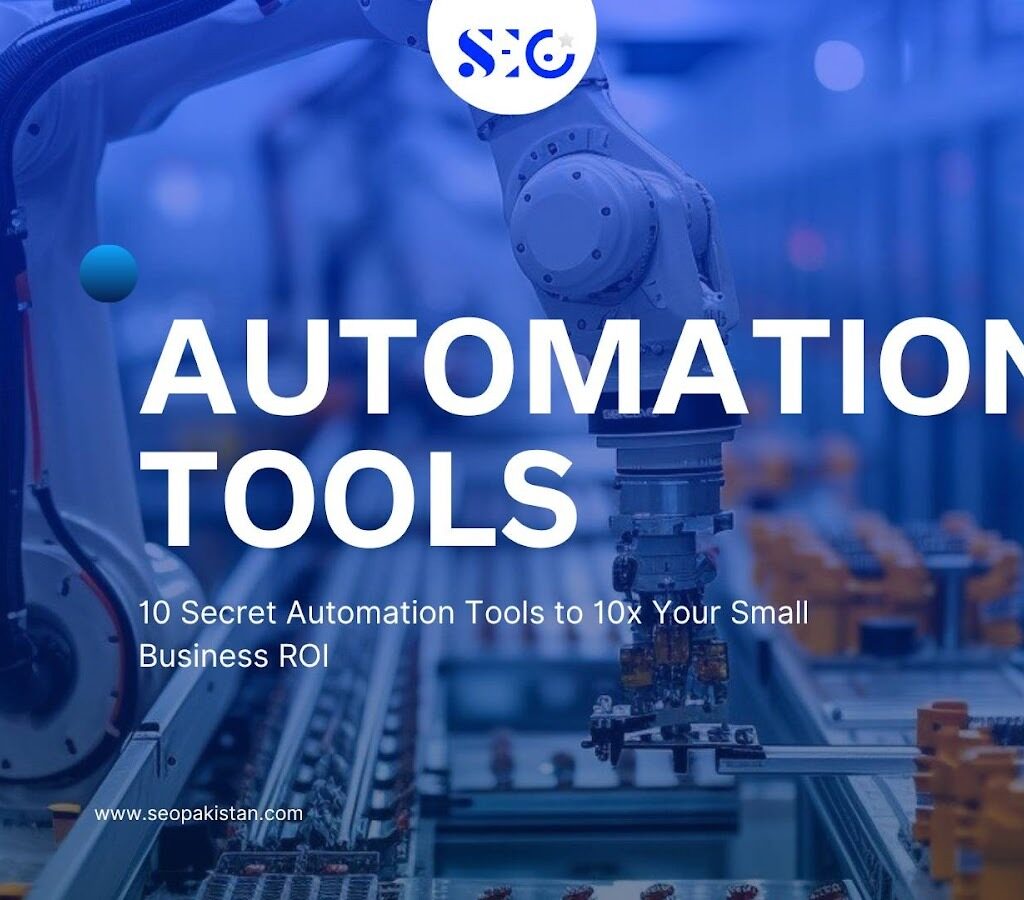For years, the goal of SEO was simple: get to the top of Google’s first page. Businesses put all their energy into reaching that #1 spot, treating it like the ultimate prize. But things have changed, and the old rules no longer apply.
We’re entering a new era where clicks are easy to get, but trust and authority are what really matter. This shift highlights the core difference between OLD SEO vs NEW SEO: the latter is no longer just about rankings; it’s about becoming the most reliable and trusted answer to people’s questions.
This evolution introduces a new trifecta for digital dominance: SEO (Search Engine Optimization), CEO (Citation Engine Optimization), and AIO (AI Optimization). Your brand must now be optimized not just for search engines, but to be cited by AI and trusted by users.
This guide will walk you through the toxic old tactics you must abandon and the seven essential pillars of new SEO that will build your authority in the AI era.
Why Old SEO Tactics Are Toxic Now
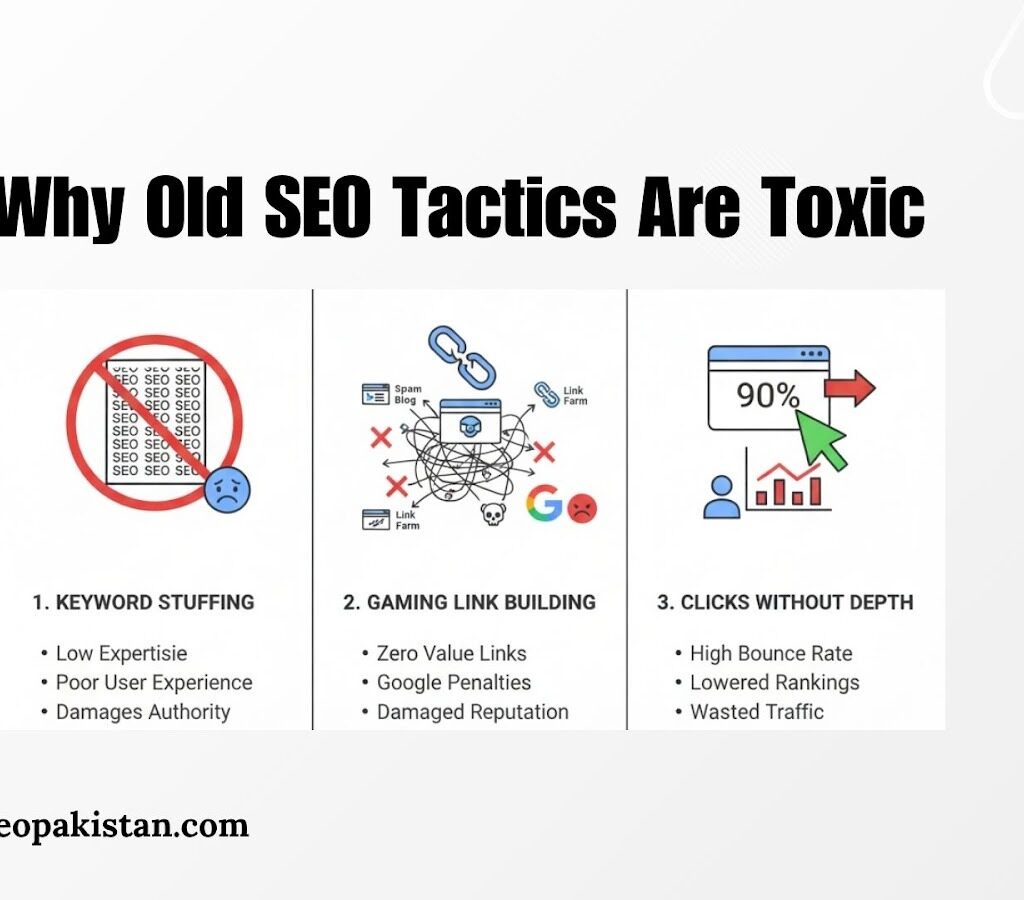
Why are the old, familiar SEO methods now considered harmful? These outdated tactics directly conflict with Google’s increasing emphasis on quality, leading to lower E-E-A-T scores and making your content virtually invisible.
Old Tactic 1: Keyword Stuffing
Forcing keywords into thin content was once a common practice. Today, this over-optimization signals low expertise and poor quality to Google. Search engines now prioritize content that addresses user intent with depth and clarity, not pages that simply repeat a target phrase.
Keyword stuffing is harmful because it:
- Signals low expertise: It tells Google your content lacks real substance.
- Creates a poor user experience: Reading unnaturally repetitive text frustrates users.
- Damages site authority: It can lead to lower trust scores, making your content less visible.
Old Tactic 2: Gaming Link Building
The race to accumulate backlinks, regardless of their origin, is finished. Links from low-quality or irrelevant websites no longer provide value. Worse, Google may penalize sites that engage in such manipulative practices.
Modern SEO demands links that come with context and authority, earned from reputable sources within your industry.
How it was Done in the Past:
- Buying links: Purchasing backlinks from various websites, often in bulk, without considering their relevance or authority.
- Link farms: Participating in networks of websites created solely to exchange links, inflating perceived authority.
- Irrelevant directories: Submitting websites to low-quality directories or spamming forums with links, hoping to build quantity.
- Comment spam: Posting links in blog comments on unrelated sites, often using automated tools.
Drawbacks:
- Zero value: Links from low-quality or irrelevant sites offered no real SEO benefit.
- Google penalties: Sites using these tactics faced manual or algorithmic penalties, severely damaging their rankings.
- Damaged reputation: Associating with spammy sites could harm a brand’s credibility.
- Wasted resources: Time and money spent on these manipulative strategies yielded negative returns.
Old Tactic 3: Clicks Without Depth
Optimizing for a high click-through rate (CTR) is useless if the user immediately leaves your page. High bounce rates send a clear signal to Google: your content did not satisfy the user’s query.
Success is no longer measured by the click itself but by what happens after. Quality content that engages users and answers their questions is the only way to build lasting authority.
How this practice hurts your website:
- Signaled low content quality to Google: High bounce rates told search engines your page wasn’t relevant or helpful.
- Lowered search rankings: Google demoted pages that users quickly abandoned.
- Damaged user trust: Visitors felt misled if the content didn’t deliver on the click’s promise.
- hurtsWasted traffic: Clicks that don’t lead to engagement or conversions are ineffective.
From Ranking to Retrieval & Trust (The New Framework)
The new SEO framework moves beyond simple rankings. It prioritizes being retrieved by AI models and earning user trust. This requires a strategic focus on E-E-A-T, citation, and a holistic view of the entire search ecosystem.
Concept 1: The E-E-A-T Mandate
What is E-E-A-T, and why is it essential? E-E-A-T stands for Experience, Expertise, Authoritativeness, and Trustworthiness. This is the framework Google uses to assess the quality and credibility of your content.
To succeed, you must demonstrate real-world experience and prove your expertise, not just claim it. This means creating content that reflects genuine knowledge and is backed by verifiable credentials.
Concept 2: SEO vs. CEO (Citation Engine Optimization)
The objective has expanded. You must now optimize for citation. This means your goal is to have your content cited by AI models like ChatGPT and Gemini and featured in Google’s Answer Engine Optimization (AEO) snippets. How do you achieve this?
To achieve this, focus on:
- Structured Content: Organize information clearly for easy AI parsing.
- Factual Accuracy: Ensure content is meticulously researched and verifiable.
- Comprehensive Coverage: Provide in-depth information that makes your content a complete resource.
- Quotability: Write in a way that allows AI to easily extract and cite your information.
- Reliability: Strive for your content to be a primary, trusted source for AI and users.
Concept 3: The Full Search Ecosystem
Your optimization strategy must now cover the entire search ecosystem. This includes traditional search engines like Google, AI retrieval tools, and user-to-user brand mentions on social media and forums.
A strong brand presence across all these channels reinforces your authority and makes your content the go-to resource, no matter how a user is searching for information.
The 7 Pillars of New SEO Authority
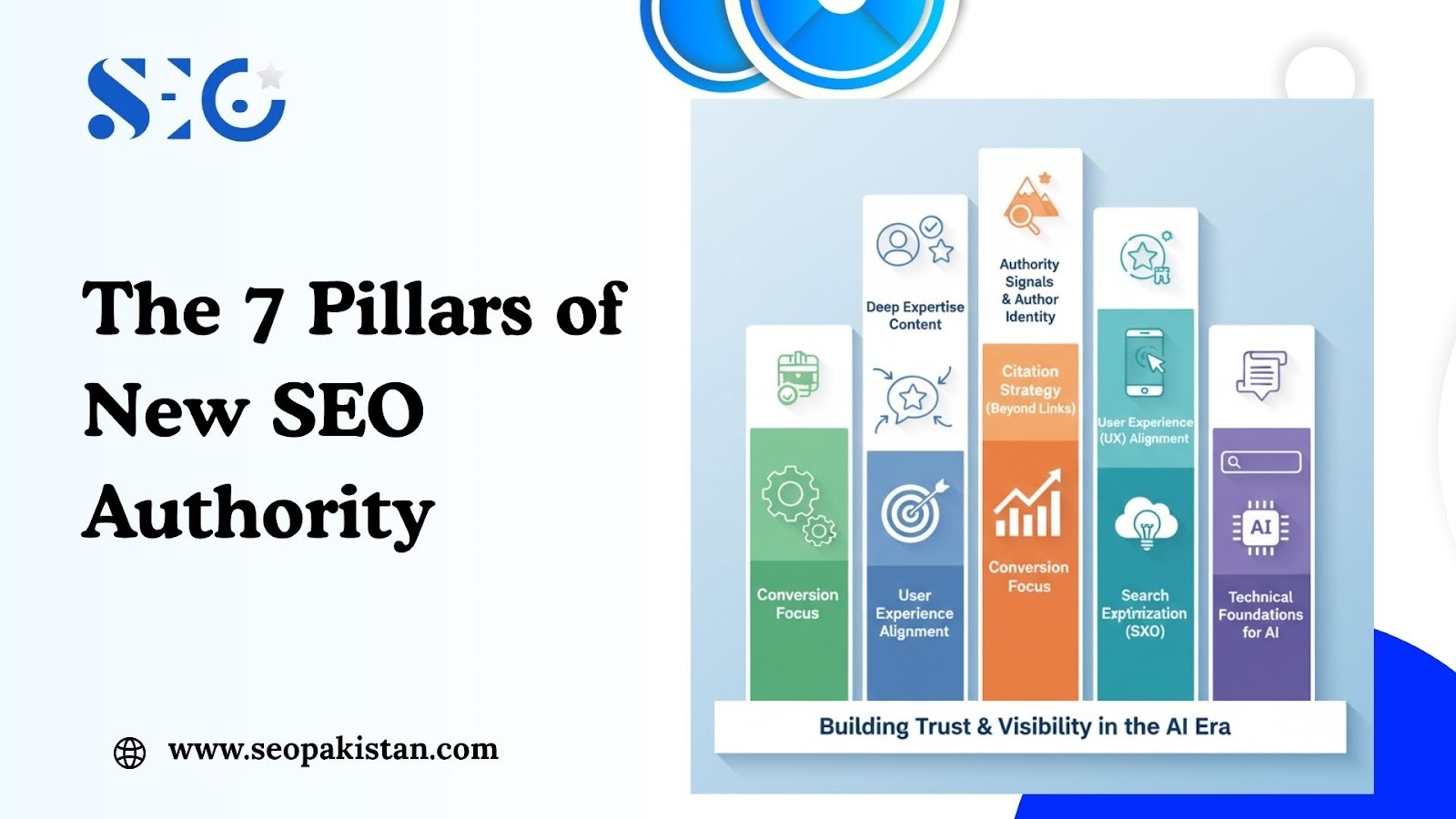
To build a brand that thrives in the AI era, you must adopt a new set of principles, moving beyond the outdated thinking of old SEO vs new SEO. These seven pillars provide an actionable roadmap for establishing and growing your digital authority.
Pillar 1: Deep Expertise Content
Move away from producing isolated, thin articles. Instead, focus on creating comprehensive content clusters that cover a topic in its entirety. Prioritize quality and depth over sheer volume. Each piece of content should serve as a definitive resource, demonstrating your deep expertise and providing immense value to the reader.
How to do it:
- Identify Core Topics: Pinpoint the main subjects your audience cares about that are central to your brand.
- Create Pillar Pages: Develop a long-form, comprehensive piece of content for each core topic. This will serve as the central hub.
- Build Content Clusters: Produce a series of related articles (cluster content) that delve into specific subtopics of your pillar page.
- Internal Linking: Link all cluster content back to the main pillar page and link out from the pillar page to the cluster articles. This structure signals topical authority to search engines and AI.
Pillar 2: Authority Signals & Author Identity
Who is writing your content? In the new SEO landscape, author identity is crucial. You must clearly establish the author’s credentials on every article to build E-E-A-T.
This includes showcasing their experience, qualifications, and industry recognition. Building a recognizable and trusted author brand is just as important as building your company brand.
Pillar 3: Citation Strategy (Beyond Links)
How do you convince an AI that your information is trustworthy? You must pursue a robust citation strategy that goes beyond simple backlinks. Actively seek out brand mentions, data citations, and expert quotes in reputable industry publications, research papers, and news articles.
These are the signals that build trust with large language models and position your content as a primary source.
- Publish original research or data that others can reference.
- Contribute guest articles to reputable industry websites.
- Collaborate with experts to add authoritative quotes to your content.
- Get your brand mentioned in trusted news outlets or academic publications.
- Keep your content updated with the latest, verifiable information.
Pillar 4: User Experience (UX) Alignment
A seamless user experience is non-negotiable. Your website must be fast, mobile-friendly, and structured in a way that makes information easy to find and consume. A positive UX keeps users on your site longer, reduces bounce rates, and signals to search engines that your content is valuable and user-friendly.
How to do it:
- Optimize for Speed: Compress images, leverage browser caching, and minimize server response times.
- Ensure Mobile Responsiveness: Design for mobile-first, ensuring content looks and functions perfectly on all screen sizes.
- Simplify Navigation: Create intuitive menus, clear categories, and a logical site structure.
- Improve Readability: Use concise paragraphs, clear headings, and appropriate font sizes.
- Conduct User Testing: Regularly test your site with real users to identify pain points and areas for improvement.
Pillar 5: Conversion Focus
The difference between OLD SEO vs NEW SEO is the focus on tangible results. Old SEO was often satisfied with vanity metrics like raw traffic, but new SEO knows the true measure of success is conversion. Your content should guide the user from discovery to action.
- Define Clear CTAs: Ensure every piece of content has a clear, compelling CTA that tells users what to do next.
- Optimize Landing Pages: Design landing pages specifically to convert visitors, ensuring they are relevant to the preceding content and easy to navigate.
- Track Conversion Rates: Monitor how effectively your content is turning visitors into leads or customers, and use this data to refine your strategy.
- Personalize User Journeys: Tailor content and CTAs to different user segments or stages of the buyer’s journey to increase relevance and conversion likelihood.
Pillar 6: Search Experience Optimization (SXO)
Think beyond the click. What is the user trying to accomplish? Search Experience Optimization (SXO) involves aligning your content with the user’s ultimate goal. This requires a deep understanding of user intent and creating content that provides a complete solution, not just a surface-level answer.
How to do it:
- Understand User Intent: Research what users really want when they search for a topic, not just the keywords they use.
- Provide Holistic Answers: Create content that fully addresses a user’s problem or question, offering complete solutions rather than partial information.
- Optimize for Task Completion: Design your content and website to help users achieve their goals efficiently, whether it’s finding information, making a purchase, or learning a skill.
- Gather Feedback: Use analytics and user surveys to understand if your content is truly meeting user needs and improving their overall search experience.
Pillar 7: Technical Foundations for AI
How can you make your content more digestible for AI? Use advanced Schema Markup and clear data structures. This technical foundation helps large language models (LLMs) understand the context and relationships within your content, making it easier for them to retrieve and cite your information accurately.
Conclusion
The world of SEO is evolving, and the rise of AI is reshaping how brands are discovered online. Traditional SEO tactics are becoming outdated, making way for a smarter, forward-thinking approach. To succeed in today’s digital landscape, brands must focus on building a trustworthy digital legacy.
Enter Citation Engine Optimization (CEO), a modern take on SEO that highlights a key difference when considering OLD SEO vs NEW SEO. The goal isn’t just to be found; it’s to become a primary source of information that AI tools retrieve, cite, and recommend to users.
By creating AI-ready content with advanced schema and prioritizing credibility, your brand can position itself as a trusted authority in its industry.
Are you prepared to future-proof your digital presence? Contact SEO Pakistan for a personalized strategy session and begin building lasting authority in an AI-driven world.
Frequently Asked Questions
What is Citation Engine Optimization (CEO) and why does it matter?
CEO ensures your content is cited by AI systems and featured in authoritative sources. It strengthens your credibility and authority beyond traditional backlinks.
What role does author identity play in new SEO?
Clearly showing the author’s credentials builds trust. Recognized experts gain higher authority and are more likely to be cited by AI and trusted by users.
What is SXO, and why should I care?
SXO focuses on satisfying user intent, not just clicks. By solving users’ problems fully, you earn engagement, trust, and higher visibility across search and AI platforms.

